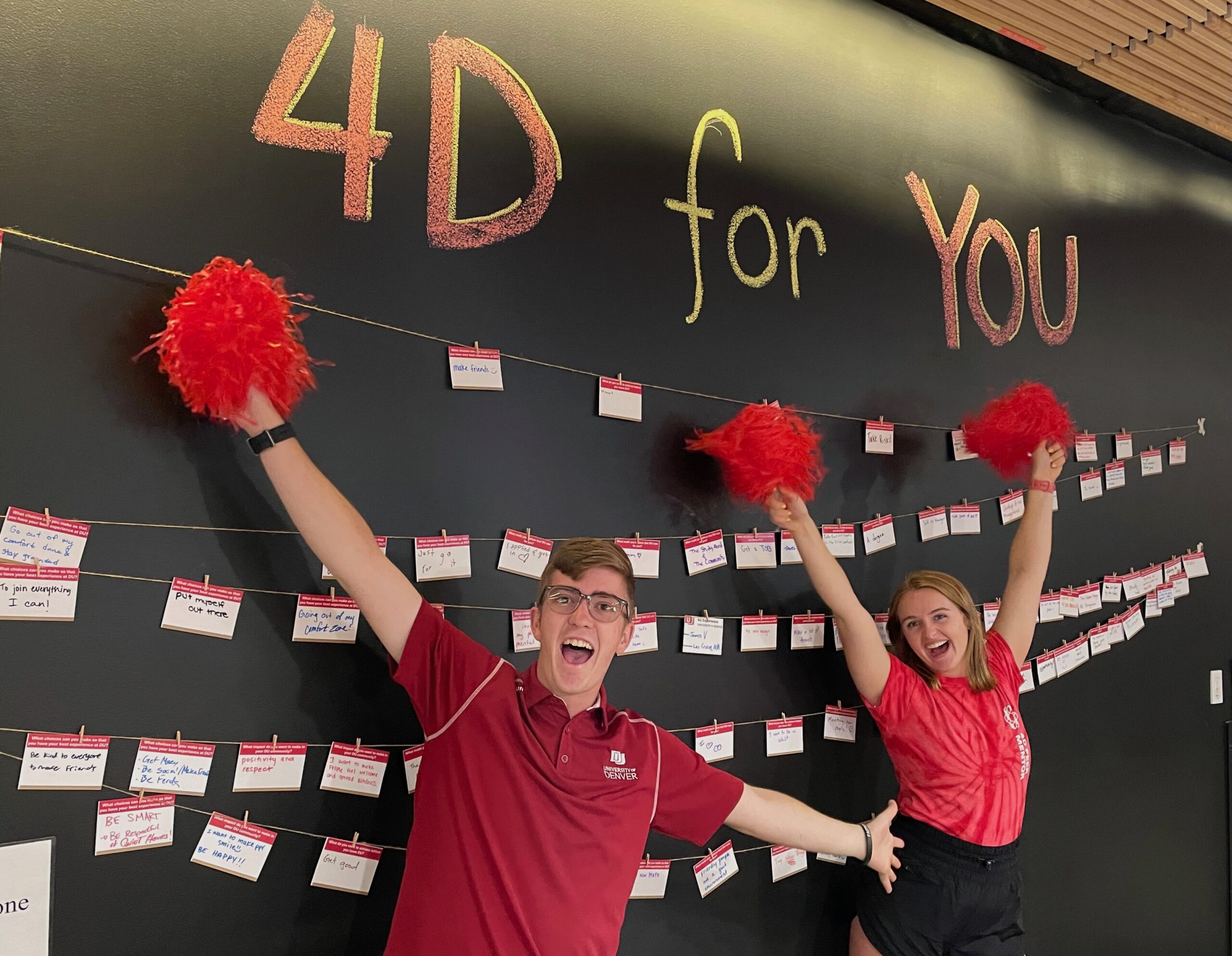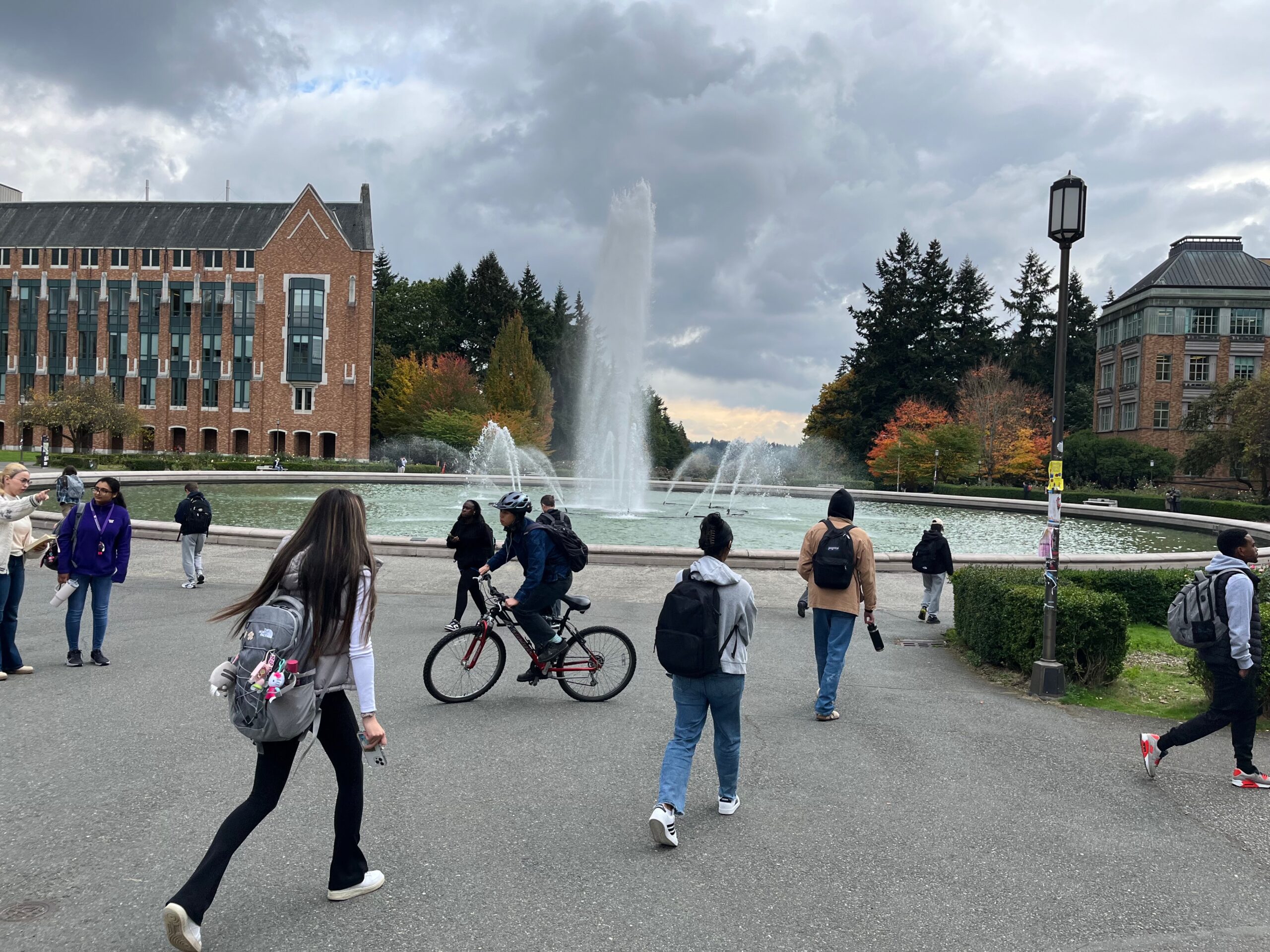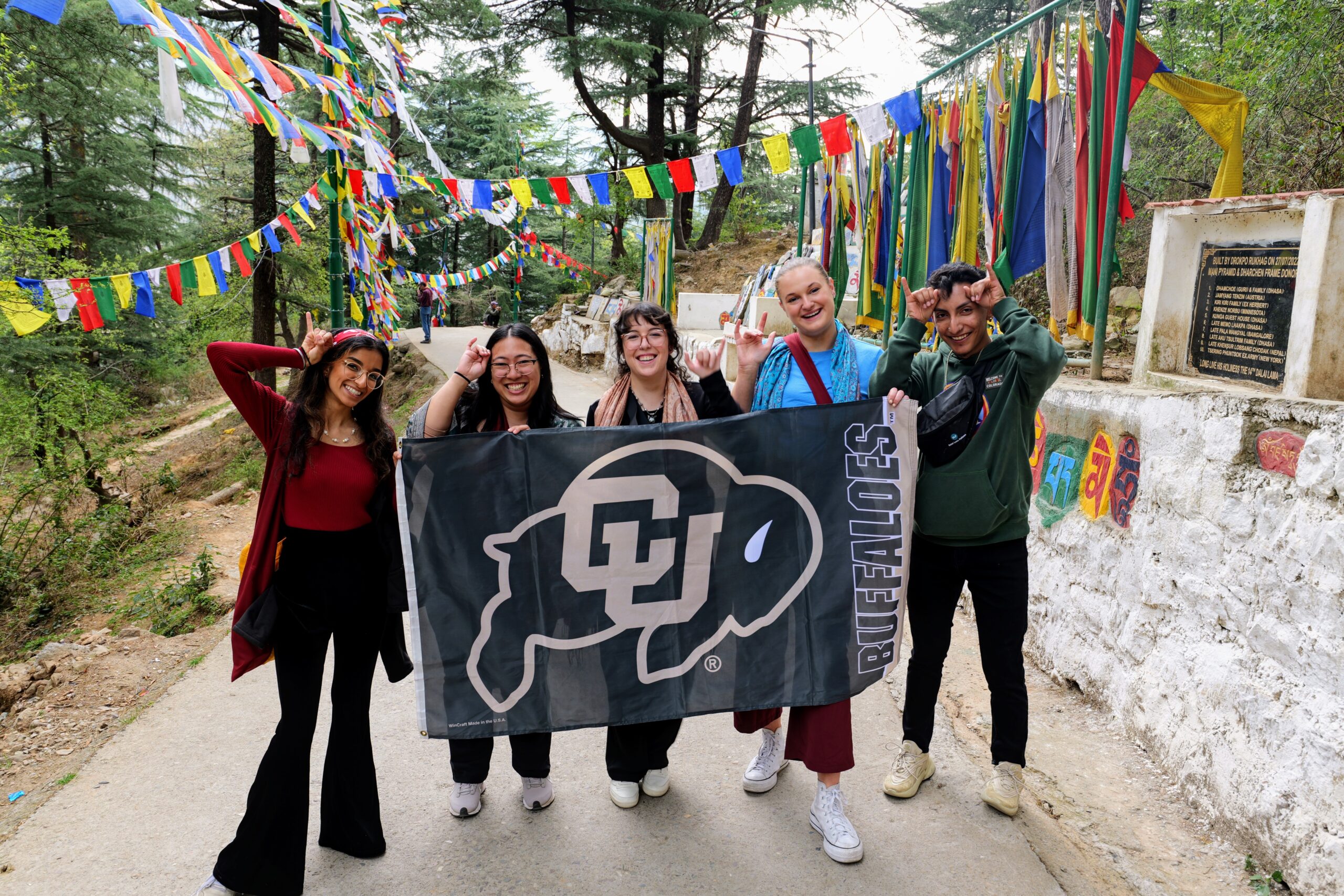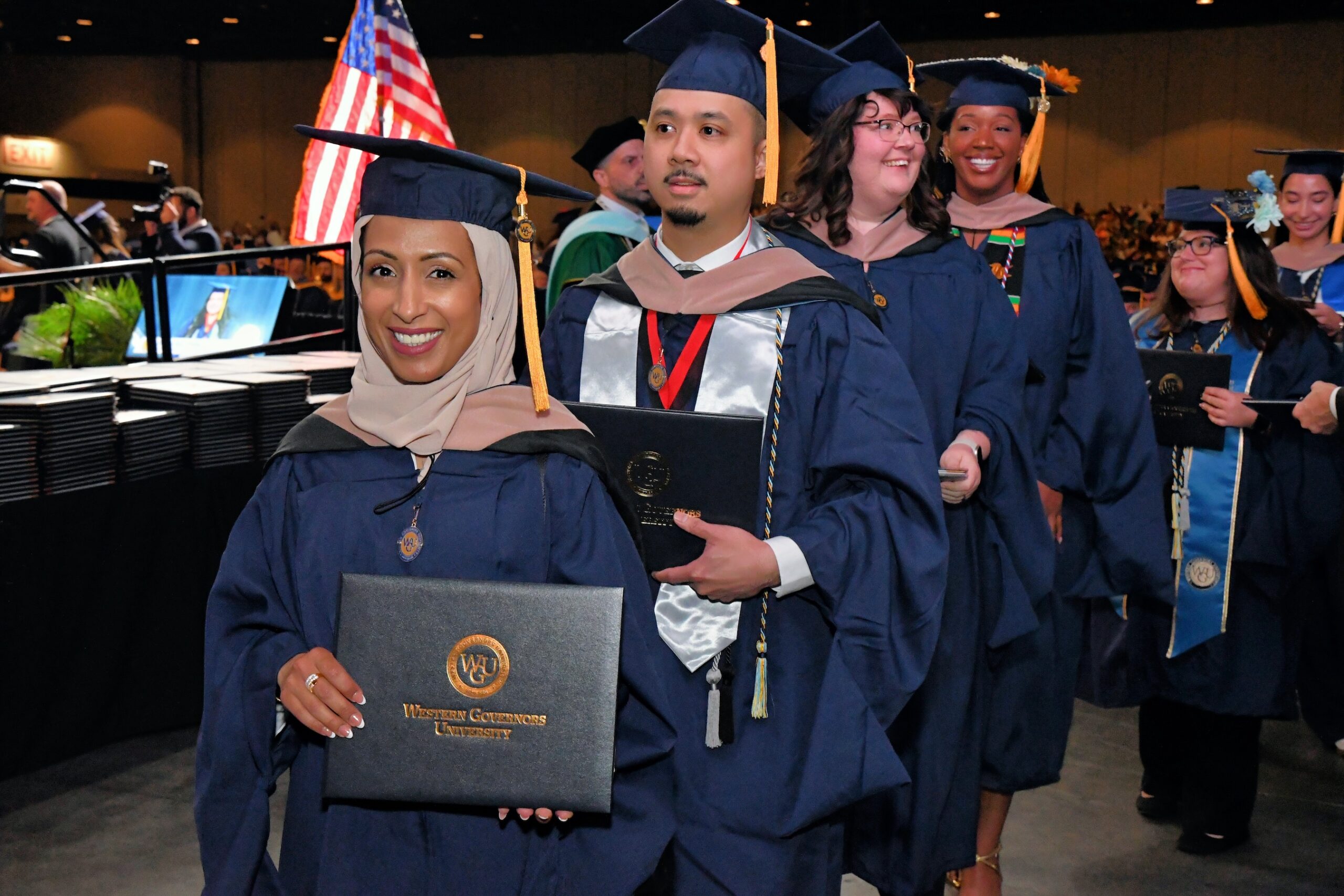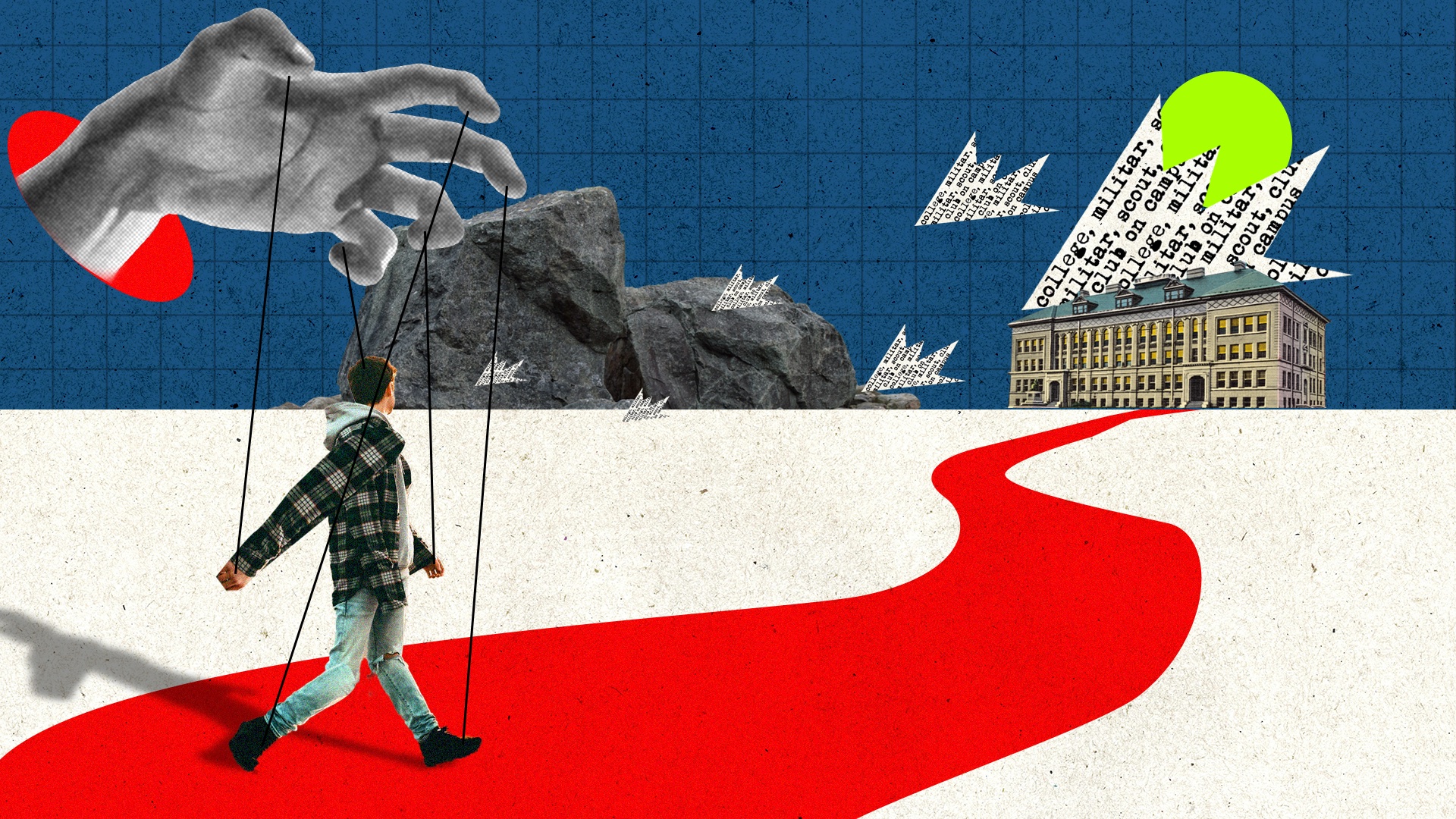When Guillermo Creamer got an unpaid internship in the office of the DC mayor a decade ago, he was thrilled. He found a live-in nanny position that would provide housing and took babysitting gigs on the weekend to pay for food and metro fares.
There was just one problem: the job had a dress code, and Creamer only had one suit – a tannish-green number that was neutral enough, but stood out among the blacks and blues. He had the suit dry cleaned often – at no small expense – but eventually a colleague took notice and called him out for wearing it every day.
“That was such an embarrassing day,” recalled Creamer, who now works as director of residential programs at a nonprofit in Worcester, Massachusetts, where he grew up, the son of South American immigrants.
The experience, and a subsequent unpaid internship in the US House of Representatives, led Creamer to co-found Pay Our Interns, a nonprofit with a mission to end unpaid internships, and the tagline “Experience Doesn’t Pay the bills.”
For Creamer, the work was personal. He has a younger sister and never wanted her to go through what he went through – to be ridiculed for not having proper business attire, he said.
But his opposition to unpaid internships is also philosophical. Requiring interns to work for free puts poorer college students, who often have to work to pay for college, at a disadvantage over wealthier ones, who tend to have family resources to fall back on, Creamer and other critics of the practice argue. Those who can’t forgo a paycheck (or cobble together side gigs, like Creamer) can miss out an internship that could set them on a path to financial stability.
“We want to create an equitable workforce pipeline, and internships are the beginning of that pipeline,” Creamer said.
Pay Our Interns decided to start with the Congressional internship program, arguing that a program that prepares future political leaders should be accessible to all students. It tailored its messaging to each political party, telling Democratic lawmakers that paying interns would help them diversity their workforce, and Republican ones that it would provide opportunity to members of the working class.
“We want to create an equitable workforce pipeline, and internships are the beginning of that pipeline.”
The group had some success, convincing Congress and the White House to allocate money to pay their interns. It hoped that other employers would follow Washington’s lead.
Is Unpaid Unfair to Students?
Yet ten years after Creamer was shamed over his single suit, roughly one third of internships remain unpaid, with roughly one million students working for free each year, studies suggest. Millions more say they want an internship, but don’t get one, due to barriers such as insufficient supply, inadequate pay or the competing demands of work and school.
These statistics matter because participating in an internship – especially a paid one – has been shown to lead to stronger labor-market outcomes. Students who have an internship in college are less likely to be unemployed or underemployed five years after graduation than students who don’t, studies show. Both paid and unpaid interns receive more job offers, but paid interns get more, and have higher starting salaries, too.
Given the exclusionary nature of unpaid internships, some colleges have refused to include them in their job listings. Some have endorsed a recent campaign by the National Association of Colleges and Employers, dubbed “Unpaid is Unfair,” that calls on Congress to pass legislation requiring that internships be paid.
“It’s a way to democratize access to internships,” said Mary Gatta, the association’s director of research and public policy.
But not everyone is convinced that unpaid internships should be abolished. Those who argue for preserving them say that students are “paid in experience,” and that interns should be willing to exchange their labor for training and professional connections. They point out that some employers can’t afford to pay their interns and warn that ordering them to do so will cause some to cancel their internships altogether, deepening the existing shortage.
“It’s a terrible idea,” said Bryan Caplan, a professor of economics at George Mason University. “You’re cutting out one of the main ways people get training.”
Caplan sees great hypocrisy in colleges’ charging students for classes he considers pointless, while condemning companies for providing training for free. “There’s a massive double standard,” he said. “Here at least students learn real stuff and they don’t even have to pay for it.”
Even some proponents of paying interns say it would be a mistake to outlaw unpaid internships as long as accreditors and licensing agencies require students in certain professional programs – like psychology and social work – to complete practicum training to graduate.
“While ethically on the right track, we shouldn’t even consider banning them until we figure out how to replace those unpaid positions,” said Matthew T. Hora, a professor at the University of Wisconsin-Madison and founding director of the Center for Research on College-Workforce Transitions.
Hora, who has conducted extensive research on unpaid internships, says he’s long been frustrated by colleges’ “unbridled embrace” of internships, and wishes they’d stop pushing them so hard.
“There just aren’t enough positions available and they’re out of reach of the vast majority of students,” he said.
NACE acknowledges that some employers aren’t in a position to pay their interns, and suggests that policy makers provide financial and other support to smaller for-profit, and nonprofit organizations. In the meantime, Gatta recommends that colleges work with community groups and chambers of commerce to identify funds that could support students with unpaid internships, such as foundation grants or federal work study dollars.
The Rewards and Challenges of Internship
The benefits of internships for both students and employers are well documented. By taking part in an internship, students gain insight into potential career paths, develop industry-specific skills, and build valuable professional networks. The practical, hands-on, experience gives them an edge in the job market – and the confidence and competencies they’ll need to succeed in it.
For employers, internships are a way to recruit and retain early-career talent. NACE’s annual survey of employers has consistently found that more than half of interns convert to full-time employees and that three quarters of those converts are still with the organization after a year, compared to just over half of non-intern employees.
Colleges confronting questions about their value can also benefit from student internships, research by the Strada Education Foundation suggests. It found that four-year college graduates who complete work-based learning are more likely to say their education helped them achieve their goals and was worth the cost.
Surveys show that students are well aware of the rewards associated with an internship. In fact, seventy percent of freshmen say they plan to take one. Yet fewer than half of students complete one by the end of senior year, and less than a quarter find a paid one, Strada’s research shows.
In 2023, an estimated 3.6 million students completed internships, but another 4.6 million wanted an internship and didn’t get one, according to the Business Higher-Education Forum.
That gap is at least partly due to the challenges employers face in creating and sustaining internships. These include not having appropriate work for interns or lacking the staff to supervise them, the Forum’s interviews with employers show.
Employers may also question whether an internship will provide a good return on their investment, said Nicole Smith, research professor and chief economist at the Center on Education and the Workforce, at Georgetown University.
“There’s a cost in terms of the personnel and time invested, and you don’t know if the person will stay with the firm,” Smith said.
Given that uncertainty, employers may wonder “Am I training for me, or for my competitor?” Smith said.
The available internship slots aren’t evenly distributed, either. Studies by NACE have found that women, Black, Hispanic and first-generation students are underrepresented in paid internships, while white, male and continuing generation students are overrepresented. There’s some evidence that students of color are over-represented in unpaid internships, though Hora cautions that it’s far from definitive.
The reasons for these disparities aren’t entirely understood, but there are a few prominent theories.
One popular explanation is that Black, Hispanic and first-generation students are more likely than other demographic groups to be classified as “low-income,” and can’t afford to give up a steady job for a short-term internship – even a paid one. In other words, they’re not applying in equal numbers.
Another possibility is that first-generation students and students of color have less of the “social capital” needed to secure internships, which are frequently advertised through “whisper networks.”
And a third theory is that students of color and women are less likely to be paid because they cluster in majors associated with government and the non-profit sector, where paid internships are rarer.
Racial and gender gaps in internship participation may also reflect employers’ recruiting practices. If companies are drawing candidates from colleges that disproportionately enroll wealthier and white students, they’re less likely to end up with a racially- and socio-economically diverse applicant pool.
Yet even as students struggle to secure internships, one in three employers say some of their slots are going unfilled.
That disconnect may be due to poor marketing on the part of employers, or to a mismatch between what companies are seeking and what students have to offer. In the Business Higher Education Forum’s interviews with employers, some companies said they couldn’t find candidates with the qualifications they wanted, according to Candace Williams, its director of regional initiatives.
Bringing the Bargaining Power
So what can be done to broaden access to internships – and to paid internships, in particular?
Requiring employers to pay their interns, as NACE and others have proposed, could help diversify the applicant pool, making internships possible for more low-income students.
But with Trump and other business-friendly Republicans on the verge of controlling both the White House and Congress, a ban on unpaid internships isn’t likely to pass anytime soon.
Meanwhile, a growing number of colleges are setting aside funds for stipends to support students in unpaid internships. A recent survey by NACE found that more than a third of institutions now offer such stipends.
Karen Garcia, a junior at the University of Wisconsin whose family immigrated to the US from Mexico six years ago, used the $1,000 she received through her college’s “SuccessWorks” program to buy a coat and dressier shoes for her summer 2024 internship at the Department of Corrections. The money also helped cover gas for the car she used to get to the job, where she helped out on cases involving Spanish speakers. Without the grant, she said, “I would have had to lean on my parents, and they don’t earn that much money.”
Yet competition for colleges’ limited funds can be fierce, and only two percent of colleges provide the aid for any or all unpaid internships, the survey found. And while subsidy programs are an efficient way to get money to students, they often aren’t sustainable, especially if they rely on grants or alumni donations.
Recognizing this, some colleges are exerting pressure on employers to pay their interns, threatening to drop their “preferred employer” status, said Laura Love, who leads the work-based learning agenda at Strada.
“Colleges may have more bargaining power and influence than they think,” Love said.
At George Mason University, Saskia Campbell, executive director of university career services, uses data to persuade employers to pay her students. She shows them how pay increases the quality and diversity of the applicant pool and points to what competitors are paying their interns. She tells them they’ll get “more dedication and focus” from their interns if they’re not juggling a paid job on the side.
While some employers seem swayed by her descriptions of the financial strain students are under, “a lot of times it requires making the business case for them,” Campbell said.
If an employer says they don’t have the budget to pay their interns, she’ll push for “something is better than nothing.”
Campbell says many employers mistakenly assume that academic credit is a reasonable alternative to pay. They don’t always register that “not only are they not getting paid – they’re actually paying for the experience.”
Still, the work of expanding paid internship can’t fall solely on colleges. Among the think tanks and advocacy groups that promote internships there’s a consensus that it will take employers, government, and colleges working together to grow the field. And achieving such collaboration won’t be easy, said Su Jin Jez, CEO of California Competes, which has conducted interviews with both colleges and employers.
Though all three parties value internships, they value it for different reasons, she said. Colleges may think that employers will respond to arguments that internships will diversify their workforce, for example, when they’re really just interested in sourcing the top entry-level talent.
That “misalignment in values,” mirrors differences in structure and culture that can make cooperation difficult, Jez said.
Moving beyond the Traditional Model
As companies and colleges navigate these challenges, they’re also experimenting with alternatives to the traditional internship model.
Among the innovations that have taken root are “micro-internships” – short-term, paid assignments that provide many of the benefits of regular internships without the long-term commitment.
Micro-internships function as sort of speed-dating for students and employers, allowing each party to see if the other is a good match, said Jeffrey Moss, CEO of Parker Dewey, which pioneered the approach a decade ago. The company has partnerships with 800 colleges, he said.
Moss believes micro-internships level the playing field, allowing students who might not have family connections, a 4.0 GPA, or an elite-college pedigree the chance to prove themselves to a prospective employer. Their short-term nature also makes them a way for students to try out different professions, to find one that brings them a sense of purpose.
At the same time, colleges are finding ways to make on-campus work more meaningful. Under one new program, students working in on-campus jobs at The University of New Hampshire can opt into a professional development program that offers regular meetings with a supervisor and the opportunity to earn micro-credentials in skills like communication and leadership.
Gretchen Heaton, associate vice provost of career and professional success and high-impact practices, said the program teaches students to articulate the skills they’ve gained through on-campus employment.
“Students often believe that unless it’s a ‘real job,’ it shouldn’t go on the resume,” Heaton said. “This is a way for students to talk about value in a way employers will understand.”
At Clemson University, the longstanding University Professional Internship and Co-op (UPIC) program matches students with paid positions submitted by faculty and staff, then links their work to a series of career competencies.
The program not only increases students’ odds of having a job when they graduate, but also aids in retention, according to O’Neil B. Burton, executive director of Clemson’s Center for Career and Professional Development.
“Our first-gen and Pell-eligible students don’t have to take a waitressing jobs or clerk at a mini mart. They can work on campus for somebody who recognizes that their class work comes first,” Burton said. “That can make the difference between being able to stay in school and persist to graduation and having to drop out and work.”
Guillermo Creamer, for his part, never finished college. He dropped out of American University a year shy of graduating because he couldn’t manage the tuition, he said. Pay Our Interns, the organization he helped create in 2016, has been dormant since its co-founder and executive director Carlos Mark Vera stepped down a little over a year ago.
Creamer said funders have shifted their attention away from diversity, equity and inclusion initiatives as opposition to DEI continues its march on higher education. For now, he believes the best place for Pay Our Interns to be is on the sidelines, monitoring the moves of the incoming administration.
But Creamer said he and his organization haven’t given up on ending unpaid internships and will spring into action if anything threatens the gains they’ve made so far.
“You can’t pay the rent with ‘experience,’” said Creamer. “Unpaid internships are an inequitable injustice.”




